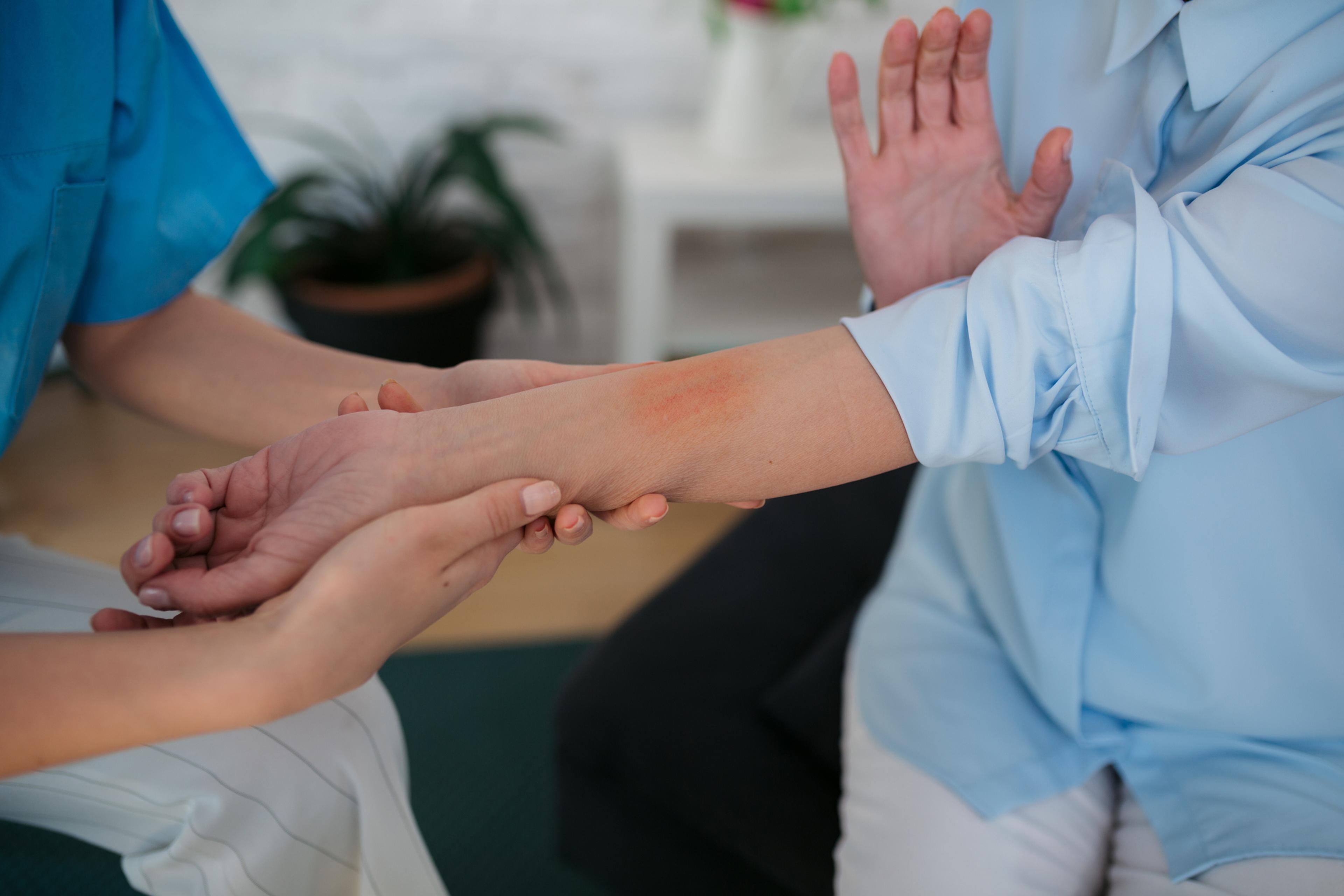Benefits of Walking After a Meal
Shandra Martinez
| 3 min read

In Italian towns big and small, there is a ritual that plays out on the streets and in the public squares. It’s called the passeggiata. In late afternoons or early evenings, people step out of their homes and go for a short walk through the downtown streets. They might walk with family or friends. They might stop to chat with neighbors or walk-and-talk with others who are out for a stroll. Typically, these early evening walks happen right after a meal. It’s a healthy tradition that you might want to copy. Here’s why there are benefits to walking after eating a meal.
Benefits of Walking
Most people know there is a long list of positive side effects that go with walking – especially taking those steps outside. Going for a walk even at moderate speed can lower your blood pressure, decrease your anxiety level, help you sleep better and help you maintain your weight. Recently, Harvard Medical School rounded up even more perks related to walking – some of which were surprising. These included:
- Lessens joint pain: Regular walking increases the lubrication that makes physical activity easier. This is especially true for hip and knee joints.
- Boosts immunity: People who walk regularly report being sick less than those who don’t walk for exercise. And even when regular walkers do get sick, it’s often less serious and does not last as long as others.
- Keeps your sweet tooth in check: If you walk frequently, it’s likely going to cut your cravings for something sweet, like chocolate.
Walking after a meal
While there are lots of benefits to walking, taking that stroll right after a meal seems to have some very specific benefits, according to research that showed the body’s physical reactions to increased footwork after eating. The study determined that after-meal walking is linked to a lower risk of developing Type 2 diabetes and heart problems.
Blood sugar levels in the body typically spike after eating a meal. This causes the body to produce more insulin – too much of which can lead to health problems. But by walking right after a meal, you get your muscles working. This action uses up some of the glucose in your body and helps regulate your blood sugar levels.
The study also found there is a window during which walking works best to help curb that blood sugar spike. It’s anywhere from 60 to 90 minutes after finishing a meal. And you don’t have to walk long if you’re pressed for time. Even two to five minutes spent walking after a meal had an effect on blood sugar levels.
Standing vs. moving around
Even standing up after a meal showed a drop in blood sugar levels. But to get the most benefit, you need to move. People who walked around after a meal saw lower blood sugar and lower insulin levels, research showed.
Here are some tips for making the most of your after-meal activity:
- Can’t leave the house? This is not a problem. You can also move around inside, walking from room to room or up and down the stairs while you do some light housework.
- Yardwork counts, too. A little gardening, a little walk-and weeding session all adds up to physical activity.
- After dinner is a great time for a family walk, or to walk your dog.
- Arrange to meet a friend or neighbor after dinner for a short walk near your home.
Related:
Photo credit: Getty Images





